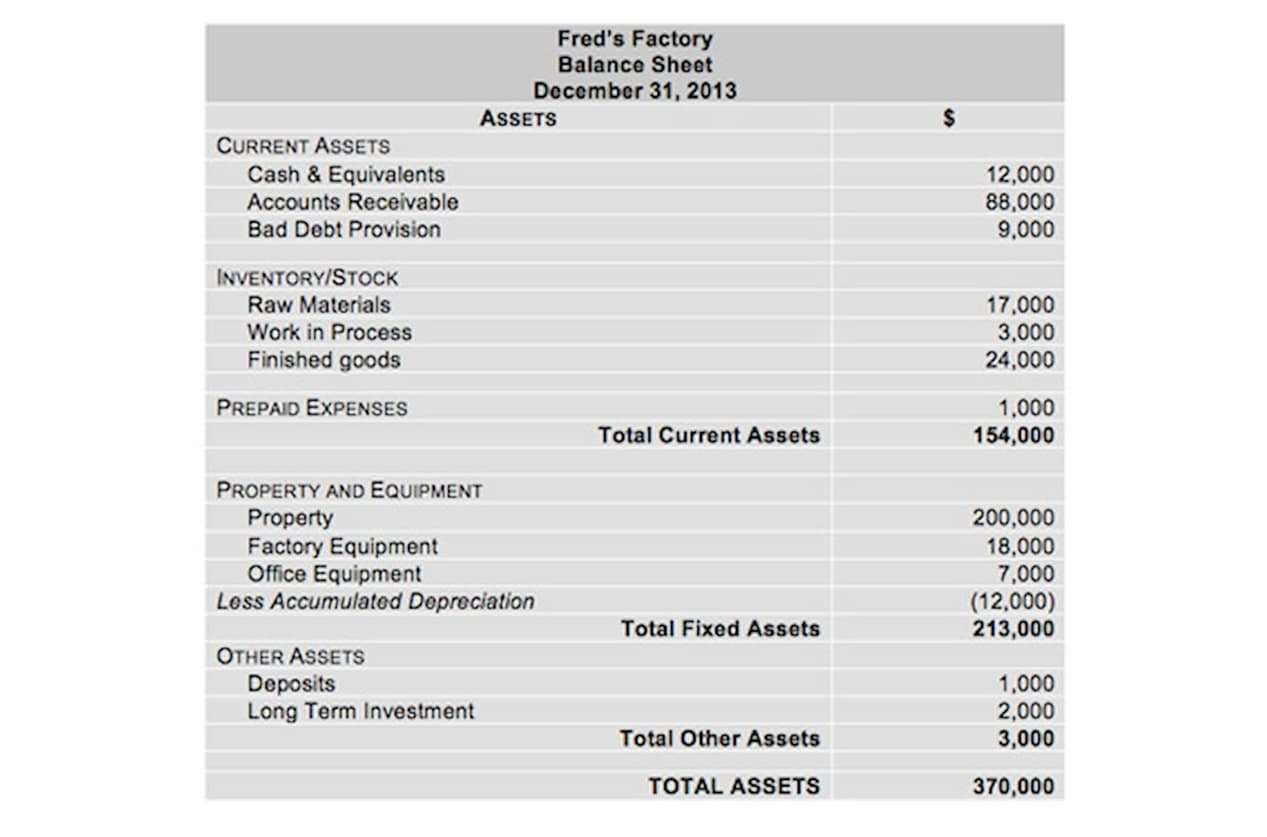
Calculating this involves subtracting the base period’s value from the comparison period‘s value, dividing the result by the base period’s value, then multiplying by 100. On the other hand, vertical analysis offers a snapshot, a deep dive into the structural composition of financial statements at a particular moment. Creditors and investors use vertical analysis to compare a company’s financial performance to that of others in the same industry. It’s best to do so for all of the financial statements at once so you can understand the full influence of operational outcomes on a company’s financial situation across the review period. Horizontal analysis is the evaluation of an organization’s financial performance over many reporting periods. Side by side they do this to determine if the company’s performance is improving or declining.
- In this second example, I will do a horizontal analysis of Company B’s current assets based on the annual balance sheets.
- The articles and research support materials available on this site are educational and are not intended to be investment or tax advice.
- For example, upper management may ask “how well did each geographical region manage COGS over the past four quarters?”.
- The income statement, statement of retained earnings, balance sheet, and statement of cash flows, among other financial information, can be analyzed.
- The image below shows the complete horizontal analysis of the income statement and balance sheet for Banyan Goods.
- We will also apply this formula to each line item to calculate its percentage change.
- A fundamental part of financial statement analysis is comparing a company’s results to its performance in the past and to the average industry benchmark set by comparable peers in the same (or adjacent) industry.
You can choose whatever interval (month-over-month, year-over-year, etc.), but each iterative financial statement should be equal distance away regarding when it was issued compared to other bits of financial information. Get instant access to lessons taught by experienced private equity pros and bulge bracket investment bankers including financial statement modeling, DCF, M&A, LBO, Comps and Excel Modeling. Analyze the information to determine if there are any difficulties or opportunities for the company. This might aid the company in generating effective projects and planning for the future. It incorporates computations of key ratios or margins, such as the current ratio, interest coverage ratio, gross margin, and/or net profit margin, which can be highly insightful. However, an extra vertical analysis approach is required for management and innovators to make better-informed judgments.
Step 1: Gather the necessary financial statements
Horizontal analysis, also known as trend analysis, is a financial analysis technique that compares and evaluates the changes in financial statement data over a specific period. It involves analyzing year-to-year variations in financial metrics to identify trends, patterns, and shifts in a company’s financial performance. By examining the historical data and calculating percentage changes, horizontal analysis helps in understanding horizontal analysis formula the direction and magnitude of changes, enabling informed decision-making and strategic planning. A business will look at one period (usually a year) and compare it to another period. For example, a business may compare sales from their current year to sales from the prior year. The trending of items on these financial statements can give a business valuable information on overall performance and specific areas for improvement.
Horizontal analysis can also be used to compare growth rates and profitability over a specific period across firms in the same industry. Horizontal analysis provides insights into a company’s financial performance and health. By assessing the changes in revenues, expenses, profits, assets, and liabilities, you can gauge the overall financial well-being of the organization. Once you have calculated the horizontal analysis formula for each item, it’s time to analyze the results. Look at the changes from one year to the next to identify trends or patterns.
Horizontal Analysis Example
A fundamental part of financial statement analysis is comparing a company’s results to its performance in the past and to the average industry benchmark set by comparable peers in the same (or adjacent) industry. Average inventory is found by dividing the sum of beginning and ending inventory balances found on the balance sheet. The beginning inventory balance in the current year is taken from the ending inventory balance in the prior year. Solvency implies that a company can meet its long-term obligations and will likely stay in business in the future. To stay in business the company must generate more revenue than debt in the long-term.
- Initially, it was stated that operating expenses were increasing between 2019 and 2021.
- For example, in Safeway Stores’ balance sheets, both sales and the cost of sales increased from 2018 to 2019.
- It incorporates computations of key ratios or margins, such as the current ratio, interest coverage ratio, gross margin, and/or net profit margin, which can be highly insightful.
- Meeting long-term obligations includes the ability to pay any interest incurred on long-term debt.
- Given this outcome, they may want to consider stricter credit lending practices to make sure credit customers are of a higher quality.
- These formulas are used to evaluate trends which can either be quarter-on-quarter or year-on-year depending on the accounting period from which the data is sourced.
